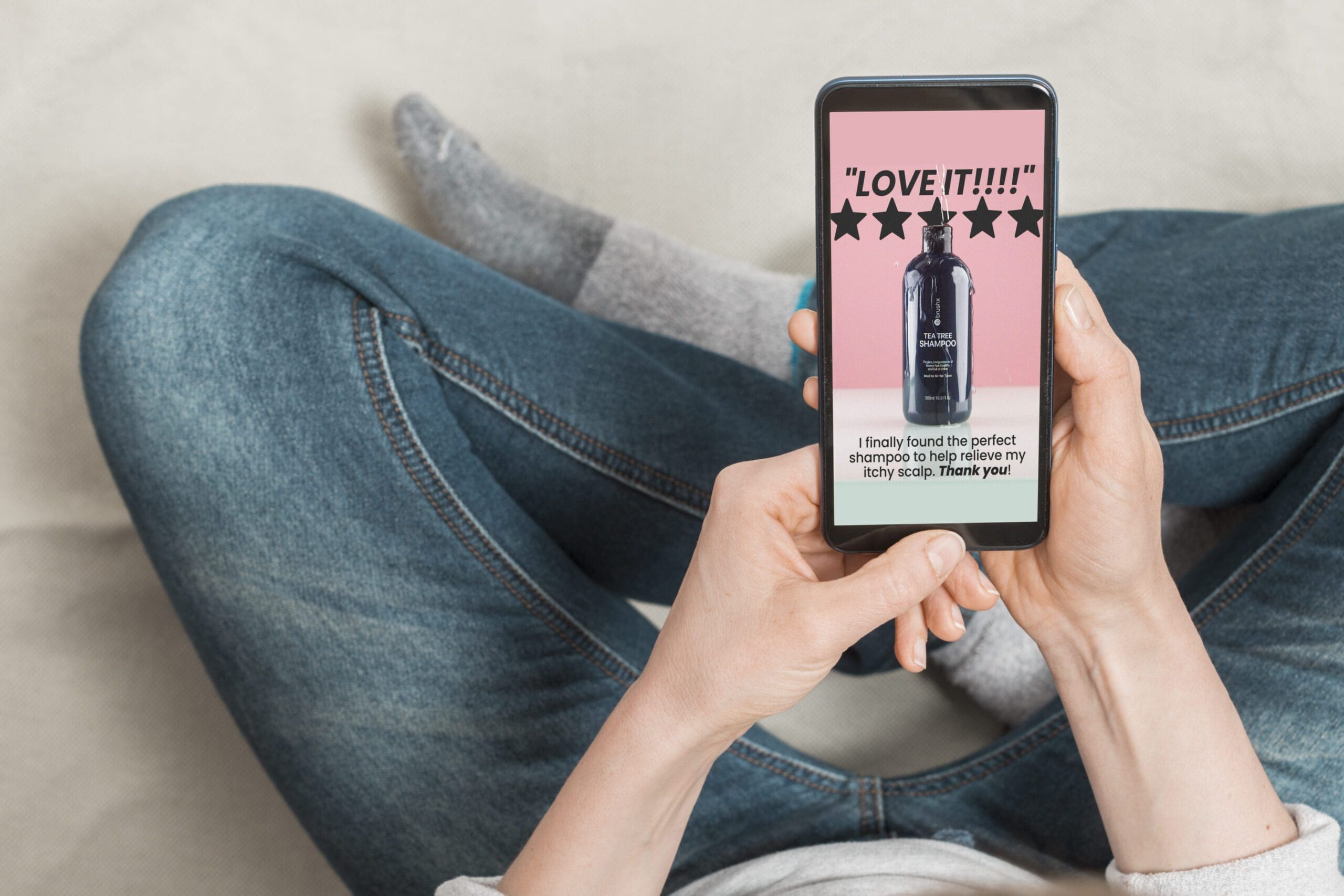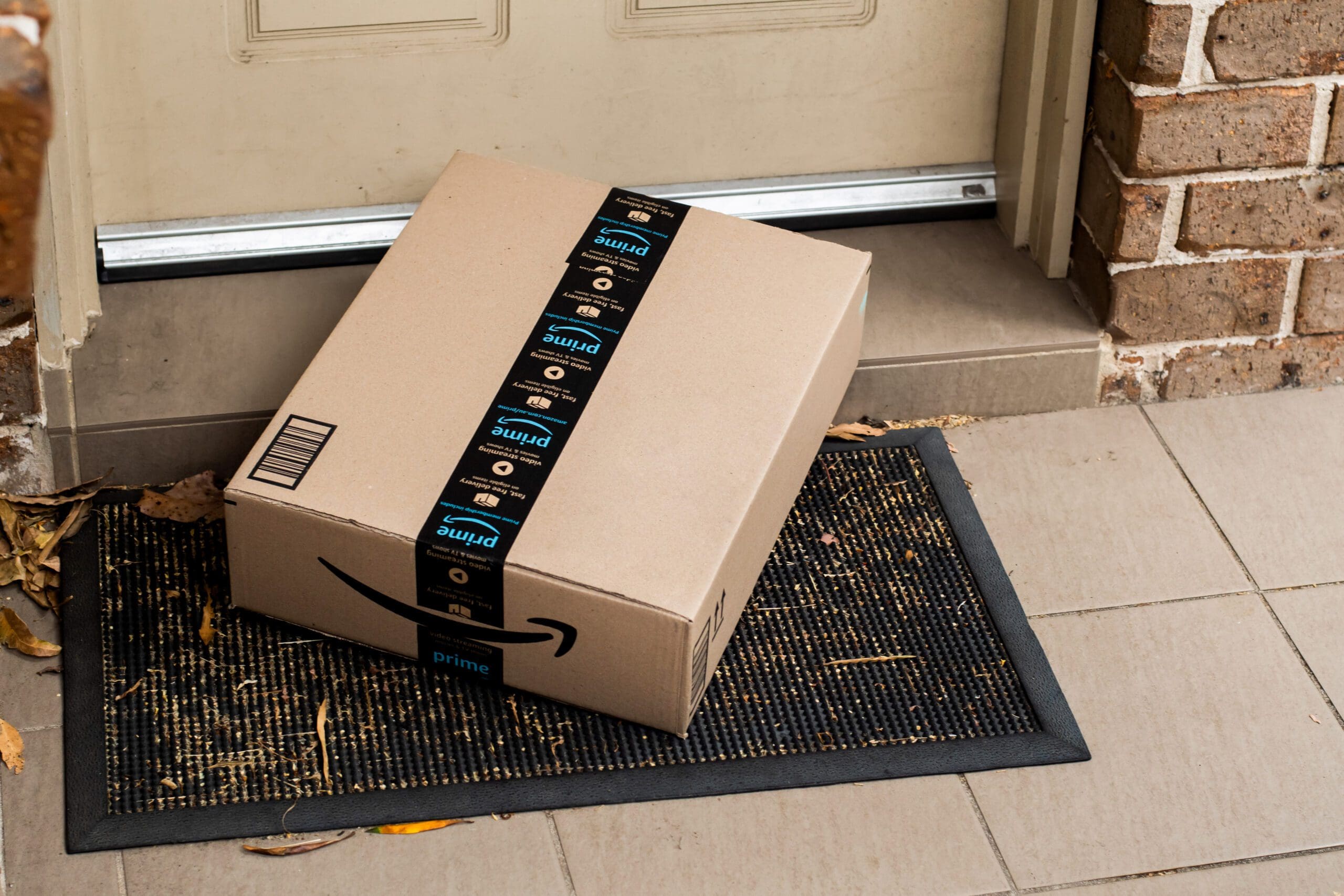Are you looking for ways to improve your customer retention rate to help your business succeed?
We’ll share some tips that can help you keep your customers happy and engaged.
Read on to learn more.
What is a customer retention rate?
A customer retention rate is a measure of how successful a company is at retaining its existing customers over time.
This can be determined by comparing the number of customers a company has at the start of a given period, such as a month or year, with the number that it has at the end of that same period.
Factors that can influence customer retention rates include the quality and value of the products or services being offered, as well as the effectiveness of marketing campaigns and other promotions.
However, in general, businesses that are able to keep their customers happy and engaged over time tend to have higher customer retention rates than those that struggle to do so.
Ultimately, a high customer retention rate can help businesses increase profits and thrive in their market over time.
Why customer retention rate is important
Customer retention is one of the most important aspects of any business.
A high customer retention rate indicates that a company is providing quality products or services that meet or exceed its customers’ expectations, leading to strong brand loyalty and positive word-of-mouth among consumers.
Moreover, a high customer retention rate allows a company to reduce costs associated with acquiring new customers, such as marketing expenses and incentives for sales leads. Ultimately, having a strong focus on customer retention is crucial for ensuring long-term success and profitability in any industry.
How is a customer retention rate calculated?
Want to know how to calculate customer retention rate? The customer retention rate is a key metric for any business, as it measures the percentage of customers who continue to use a product or service over a given period of time.
To calculate the customer retention rate, simply divide the number of customers at the end of the period by the number of customers at the beginning of the period. For example, if a business has 100 customers at the start of the month and 90 customers at the end of the month, its customer retention rate would be 90%.
The customer retention rate is an important metric because it can help businesses to identify trends and patterns in customer behavior. It can also help businesses to assess the effectiveness of their retention strategies.
What is a good customer retention rate? Ideally, in most industries, you should shoot for a rate over 20%.
What is a customer retention strategy?
A customer retention strategy is a plan for how a business will keep its customers coming back. The goal is to create long-term relationships with customers instead of one-time transactions.
To do this, businesses need to focus on creating value for customers and providing an excellent customer experience. They also need to stay ahead of the competition by understanding what customers want and need.
Additionally, businesses need to continually communicate with customers to ensure that they are satisfied. By following these steps, businesses can develop a strong customer base that will keep coming back.
Best tips to improving customer retention rate
What are the best ways to improve customer retention rates? Here are a few general tips that all businesses can follow in order to boost their retention rates.
Reward loyalty
One way to improve customer retention rates is to reward loyalty. By offering perks, discounts, or other rewards to customers who stick with your business, you can encourage them to keep coming back. This can be an effective strategy for both small businesses and large companies.
It’s important to focus on providing excellent customer service. If your customers are happy with the service they receive, they’re more likely to stay with your business. By providing excellent customer service and rewarding loyalty, you can improve your customer retention rates and keep your business thriving.
Avoid inventory shortages and meet buyer demand
In order to avoid inventory shortages, businesses should focus on forecasting future buyer demand and stocking their shelves accordingly. This can be done through a number of methods, such as analyzing past sales patterns, conducting customer surveys, and monitoring industry trends.
By doing so, businesses will be able to keep their shelves stocked with the products that their customers are looking for, which in turn will improve customer retention rates. In addition, by meeting buyer demand, businesses will be able to avoid the lost sales and added costs associated with inventory shortages. As a result, focusing on avoiding inventory shortages is a key way to improve customer retention rates.
Establish trust
When it comes to improving customer retention, one of the most important factors is building trust. Customers are more likely to stick with a company that they feel they can rely on and that they know will meet their needs. This is especially true in today’s competitive marketplace, where businesses are under increased pressure to offer high-quality products and services at a reasonable price.
To truly establish trust with customers, a business must focus on building meaningful relationships based on transparency and communication. Regularly engaging with customers through surveys and other feedback mechanisms allows companies to further understand their needs and work to meet those needs over time.
Building trust also requires a commitment to reliability, quality, and consistency in both the products and services you provide as well as the way you interact with your customers. By establishing this kind of trust, you can help improve customer retention rates and better position yourself for long-term success in your industry.
Utilize customer data
Customer data is a valuable asset for any business. By understanding who your customers are and what they need, you can improve your chances of retaining them as loyal, long-term customers. There are a number of ways to gather customer data, including surveys, customer interviews, and transaction records.
Once you have this information, you can start to look for patterns and trends. For example, if you notice that a particular group of customers is always Late in making payments, you can start to offer them discounts or other incentives to prompt them to pay on time – or if you see that a certain type of customer is more likely to churn, you can focus your retention efforts on that group.
By using customer data to improve your retention rate, you can keep your business healthy and growing for years to come.
Customer lifetime value
Customer lifetime value (CLV) is a metric that measures the total value of a customer to a company over their lifetime. Improving customer retention rates is one way to increase CLV, as it ensures that customers stick around longer and continue doing business with a company. There are a number of ways to improve customer retention rates, such as providing excellent customer service, offering loyalty rewards, and regularly communicating with customers.
By utilizing CLV to improve customer retention rates, companies can not only increase the amount of business they do with each individual customer, but also improve their overall profitability.
Improve customer retention rate with Kickfurther
Customers need to know that they count on you. This means being able to supply the products they need, when they need them. It also means providing great customer service, establishing a well-loved brand, and so much more. In order to be a stellar business while improving customer retention rate, you may need inventory funding. Inventory funding can help you keep products on your shelves so that your customers aren’t forced to look elsewhere for the products they need. Kickfurther is easy to use and perfect for businesses of all types and sizes. It can also improve cash flow so that you can invest in other areas of your company.
With over 1000+ opportunities funded, Kickfurther has helped businesses all over the world elevate sales. Kickfurther has an average funding of $78,000, but can fund up to $1MM. As the world’s first online inventory funding platform, Kickfurther enables companies to access funds that they are unable to acquire through traditional sources.
If you’re interested in getting funded on Kickfurther, start by creating a free business account. Once you complete the online application you can review deals with potential account reps. Once a deal is made, you could get funded within minutes. Kickfurther is up to 30% lower than other options.
The advantages don’t stop there. Enjoy the freedom to pay back backers, only when you start making sales. At the end of each of your sales periods, you’ll submit sales reports to Kickfurther. You only pay for what you’ve sold during that specific sales period.
Conclusion
Failing to capitalize on the opportunity to serve a customer and turn them into a repeat customer is a disservice to you and the customer. Customer retention will require several variables such as having plenty of inventory, showing customer appreciation, offering great customer service, showing customers they can trust you, and so much more. Inventory funding can help you stock your shelves with inventory while improving cash flow. As a result you can work on improving customer retention rates.
Inventory shortages? Create a free business account and get funding for inventory in minutes!






